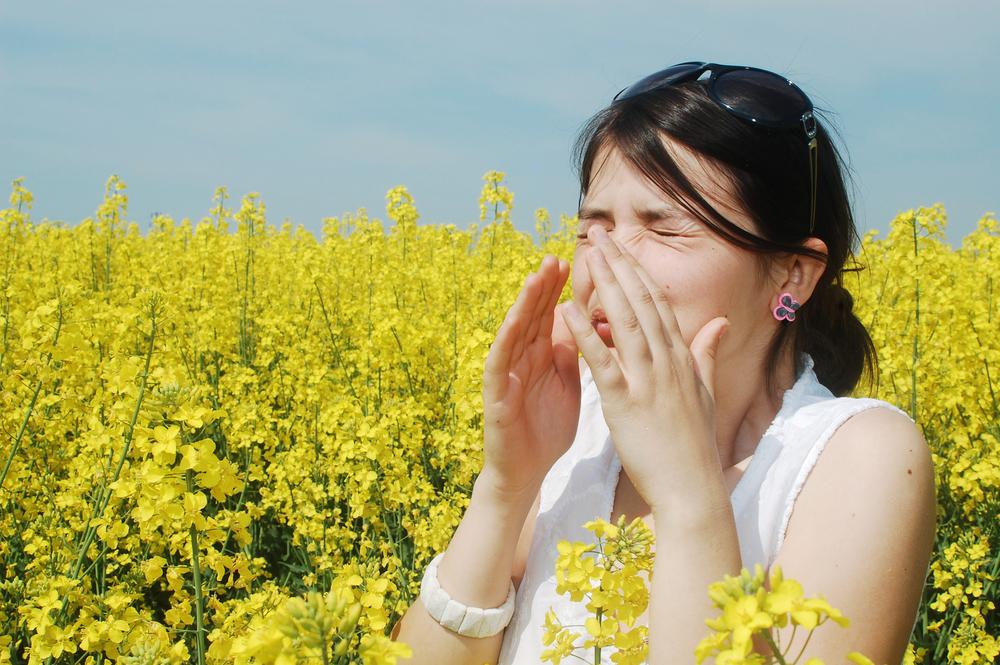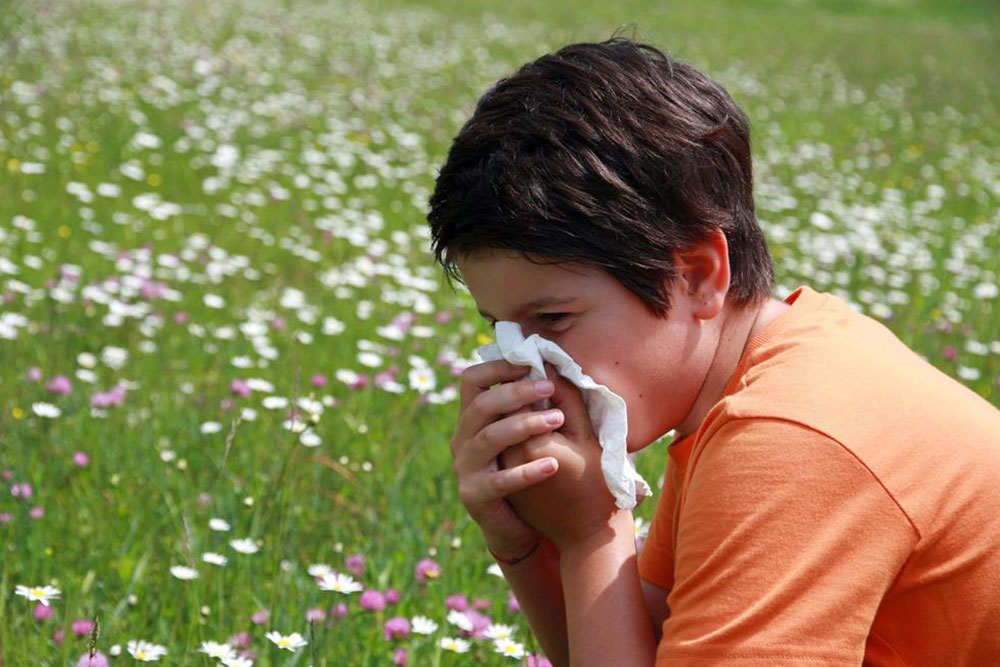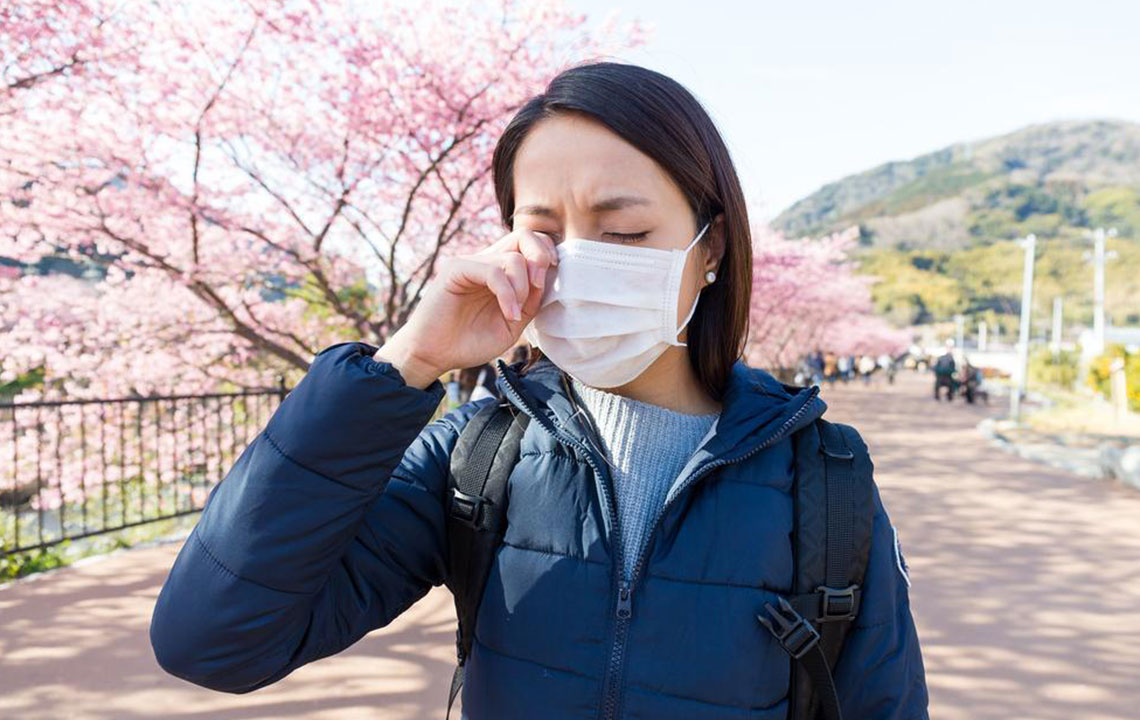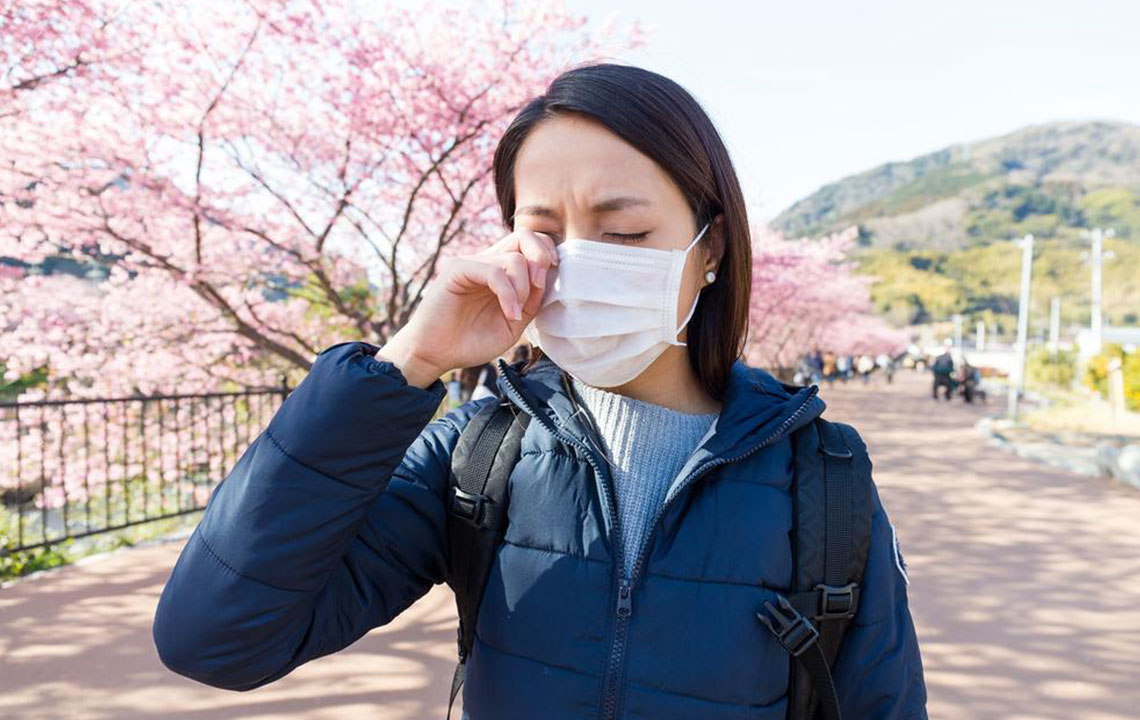Comprehensive Guide to Recognizing and Managing Pollen Allergy Symptoms for Better Seasonal Health
This comprehensive guide offers in-depth insights into pollen allergies, covering causes, symptoms, diagnosis, and effective management strategies. It emphasizes the importance of early recognition and personalized treatment options like immunotherapy and lifestyle changes. By adopting these measures, individuals can significantly reduce allergy symptoms, improve quality of life, and enjoy outdoor seasons without discomfort. The article aims to educate readers on controlling pollen allergy triggers effectively and highlights the critical role of healthcare professionals for lasting relief and seasonal well-being.
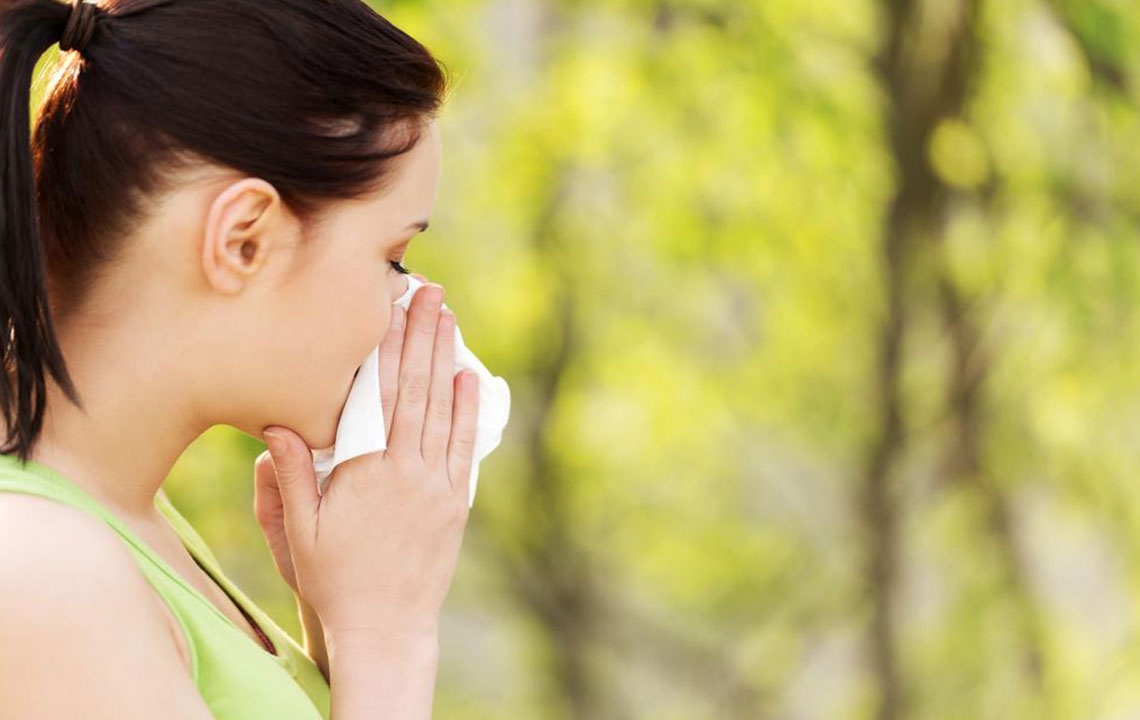
As the seasons transition into spring and summer, many individuals eagerly anticipate outdoor activities, basking in the warmth and sunshine. However, for a significant portion of the population, these pleasant seasons also herald the onset of uncomfortable and persistent allergy symptoms caused by pollen exposure. Recognizing and effectively managing pollen allergy symptoms can make the difference between enjoying the season or suffering through it. This comprehensive guide delves deep into understanding pollen allergies, their symptoms, triggers, and proven strategies for effective management.
Over 25 million Americans suffer annually from pollen allergies, making it a widespread health concern. Children, in particular, are highly susceptible, but adults are not immune. Understanding the physiology behind pollen allergies, identifying their symptoms early, and adopting suitable management tactics are essential steps towards improving quality of life during high pollen seasons.
What Is Pollen and How Does It Cause Allergies?
Pollen is a fine powder produced by flowering plants, trees, and grasses as part of their reproductive process. While pollen is essential for plant pollination, it can become a nuisance for those sensitive to it. Typically, only certain plants release significant amounts of airborne pollen—examples include ragweed, oak, birch, maple, and grasses like Bermuda and Timothy. During specific times of the year—spring, summer, and early fall—these plants release pollen into the air, which can travel over long distances.
In individuals with allergic sensitivities, this airborne pollen triggers a reaction by confusing the immune system, which mistakenly identifies pollen as a harmful agent. This leads to the release of chemicals such as histamines, causing the classic allergy symptoms. Not everyone reacts to pollen; only those with a predisposition to allergic responses will experience symptoms upon exposure.
Recognizing the Symptoms of Pollen Allergies
Identifying pollen allergy symptoms early is crucial for effective management. Typical signs include:
Sneezing — often frequent and uncontrollable
Nasal congestion or runny nose
Itchy, watery eyes — sometimes accompanied by redness
Itchy throat and ears
Sore throat due to postnasal drip
Fatigue and irritability
Loss or alteration of taste or smell
Worsening asthma symptoms (for asthmatic individuals)
These symptoms tend to recur annually during pollen seasons. Differentiating pollen allergies from other respiratory issues is essential; for example, a cold usually lasts less than a week, whereas allergy symptoms can persist as long as pollen levels remain high.
Diagnosing Pollen Allergies
The most accurate diagnosis involves specific allergy testing. Skin prick testing involves introducing tiny amounts of common pollen allergens into the skin’s surface to observe reactions—redness, swelling, or itching indicate sensitivity. Blood tests, such as specific IgE tests, measure the immune system’s response in terms of antibodies produced against pollen. Consulting an allergist can help confirm the diagnosis, tailor management plans, and rule out other respiratory conditions.
Effective Strategies for Managing Pollen Allergies
Managing pollen allergies requires a combination of lifestyle modifications, medication, and sometimes immunotherapy. Here are detailed strategies to reduce symptoms and improve daily life during high pollen seasons:
1. Minimize Exposure
Stay indoors during peak pollen times, typically early mornings and late afternoons.
Keep windows and doors closed to prevent pollen from entering indoor spaces.
Use air purifiers equipped with HEPA filters to remove airborne pollen indoors.
Wear sunglasses or protective glasses outdoors to shield eyes from pollen.
Shower and change clothes after outdoor activities to remove pollen from skin and hair.
Avoid activities that stir up pollen, like mowing the lawn or gardening during high pollen days.
2. Medications for Relief
Antihistamines — Over-the-counter options like loratadine, cetirizine, or fexofenadine can reduce sneezing, itchiness, and runny nose.
Decongestants — These may help relieve nasal congestion but should be used cautiously and for short periods.
Nasal corticosteroids — Sprays like fluticasone or mometasone are effective in reducing nasal inflammation.
Eye drops — antihistamine eye drops can soothe itchy and watery eyes.
Leukotriene receptor antagonists — Medications like montelukast may help control allergy symptoms, especially if asthma is involved.
3. Immunotherapy (Allergy Shots)
For persistent or severe allergies, allergy immunotherapy through allergy shots can be highly effective. This treatment involves receiving regular injections containing gradually increasing amounts of specific pollen allergens. Over time, the immune system builds tolerance, leading to reduced sensitivity and symptom relief. Consult an allergist to determine if immunotherapy is suitable for you.
4. Lifestyle and Environmental Changes
Maintain clean indoor environments—regular vacuuming with HEPA filters and washing bedding frequently minimize indoor pollen accumulation.
Monitor local pollen counts via weather apps or websites; plan outdoor activities accordingly.
Use air conditioning in vehicles and buildings to filter out pollen particles.
Reduce stress and ensure adequate sleep, as stress can aggravate allergy symptoms.
Be mindful of food allergies that may accompany pollen sensitivities, such as certain fruits and vegetables that can cause oral allergy syndrome in allergic individuals.
Consequences of Untreated Pollen Allergies
If left unmanaged, pollen allergies can significantly impair daily life and overall health. Chronic nasal congestion can lead to sleep disturbances, fatigue, and decreased productivity. In individuals with asthma, undiagnosed allergy triggers can result in frequent asthma exacerbations. Additionally, untreated allergies can increase the risk of sinus infections and other respiratory complications. Therefore, seeking timely diagnosis and adopting proper management strategies are essential for maintaining quality of life during pollen seasons.
Consulting Healthcare Professionals
When experiencing persistent allergy symptoms, it's vital to consult an allergy specialist or healthcare provider. They can perform comprehensive testing, recommend personalized treatment plans, and discuss long-term management options. Combining medical treatment, lifestyle modifications, and immunotherapy ensures effective control over pollen allergy symptoms, enabling you to enjoy the outdoor seasons comfortably and safely.
In conclusion, understanding the nature of pollen allergies and proactive management can empower individuals to reduce their symptoms and improve their seasonal outlook. With proper guidance and preventive measures, you can minimize the impact of pollen allergies on your daily life and health, ensuring a more enjoyable and comfortable spring and summer.
